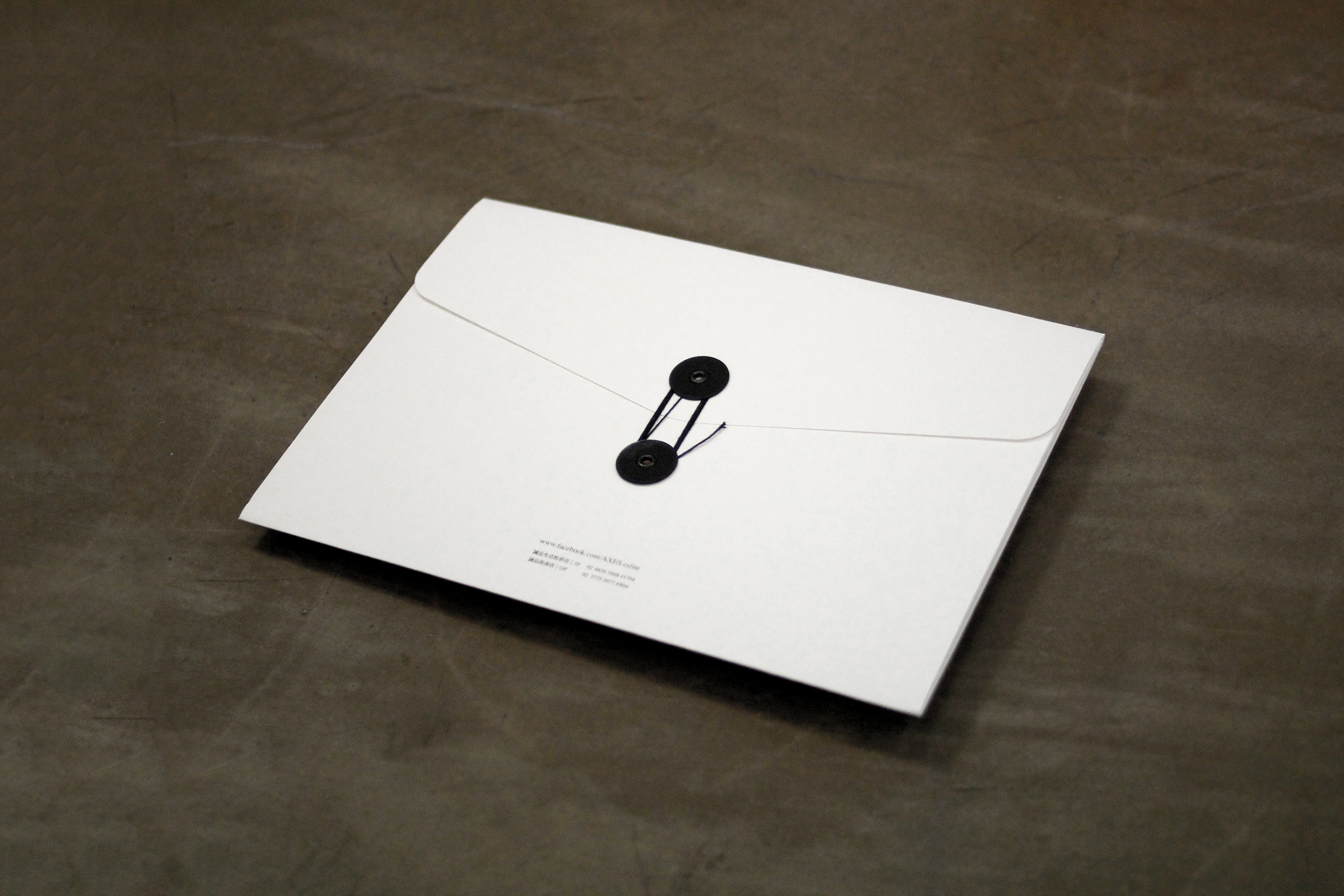Welcome to the fascinating world of Behance! If you're an artist, designer, or creative professional, you likely know how crucial it is to make your projects stand out. One of the simplest yet most effective ways to do this is through tags. But what are tags, really? In essence, tags are keywords or phrases that help categorize your work and make it easily discoverable by others. Think of them as the breadcrumbs that guide users through the vast forest of creative projects on Behance. By mastering tags, you can significantly increase your project's visibility and attract the right audience.
Understanding the Importance of Tags

So, why exactly are tags so important on Behance? Well, let’s break it down into a few key points:
- Boost Discoverability: Tags serve as the lifeblood of searchability on Behance. When users search for specific terms or themes, tags help your work surface in those results.
- Simplify Navigation: For those browsing through the platform, tags make it easier to explore projects that align with their interests. Proper tagging can lead potential admirers straight to your work.
- Targeted Audience: By using relevant tags, you can attract the right audience who have a genuine interest in your kind of work. This can foster more engagement and interaction.
- SEO Benefits: Believe it or not, tags can influence your search engine optimization. Well-chosen tags might help your projects show up in search engine results beyond Behance.
- Community Building: Tags can help you connect with other creatives who share similar styles or themes. This can lead to collaborations and a supportive network.
In short, well-thought-out tags are an essential tool in your creative arsenal. They don’t just serve to label your work; they can unlock doors to new opportunities and audiences. So, you might want to take a closer look at how you can optimize your tagging strategy on Behance!
Also Read This: Evaluating the Popularity of Behance Among Creatives
Choosing the Right Tags for Your Projects

When it comes to showcasing your creative projects on Behance, selecting the right tags can be a game-changer. Tags act like a roadmap that guides viewers and potential collaborators right to your work. So, how do you go about choosing the best tags for your projects? Here are a few tips:
- Relevance is Key: Make sure your tags relate directly to your project. If your design features a specific art style, include tags that reflect that style.
- Think Like Your Audience: What terms would your target audience use to search for work similar to yours? Consider using phrases that resonate with your demographic.
- Utilize Popular Tags: Check out trending tags within your niche. These tags can enhance your visibility and provide an entry point for viewers who regularly follow these trends.
- Specificity Matters: While broad tags can sometimes give you more visibility, specific tags often yield better engagement. For instance, instead of just tagging “illustration,” you could tag “digital illustration,” “character design,” or “watercolor illustration” for a clearer focus.
Remember, the goal here is not just to be seen, but to connect with the right audience who will appreciate and engage with your work. So take your time, brainstorm, and select tags that encapsulate the essence of your project!
Also Read This: How to Get Followers on Behance Building a Community Around Your Portfolio
Best Practices for Tag Usage
Now that you've got a better idea of how to choose the right tags for your projects, let’s dive into some best practices that can help you master tag usage on Behance:
- Limit Your Tags: Stick to about 8-10 tags per project. Having too many can confuse viewers and dilute the focus of your work. Keep it concise, yet comprehensive.
- Mix It Up: Don't be afraid to use a combination of general and specific tags. General tags will attract a broader audience while specific tags will help in connecting with niche viewers.
- Re-evaluate Regularly: As trends and your portfolio evolve, take some time to revisit your tags. Updating them can breathe new life into your project and potentially attract more viewers.
- Use Tags as Keywords: Think of your tags as keyword strategies not just for search visibility but also for SEO. This synergy can improve your project's discoverability both on Behance and beyond.
By implementing these best practices, you’ll be on your way to enhancing your project's visibility and connecting with an audience that truly appreciates your creativity. Happy tagging!
Also Read This: Alamy vs iStock: Analyzing Features, Pricing, and Image Selection
How Many Tags Should You Use?
When it comes to tagging your projects on Behance, there’s a bit of an art and science to it. The number of tags you should use can significantly affect your project's visibility. So, let’s dive into what works best!
First off, Behance allows you to use up to 15 tags per project. But that doesn't mean you should always max out your tag limit. The ideal number often hovers between 5 to 10 tags. This range strikes a good balance—ensuring that your project gets enough exposure without overwhelming potential viewers with too much information.
Here are a few tips to help you decide how many tags to use:
- Be Relevant: Only use tags that are directly related to your project. This helps you attract the right audience.
- Mix General and Specific: Combine broad tags (e.g., "graphic design") with more niche tags (e.g., "minimalist poster design") to reach a wider audience while still targeting specific interests.
- Avoid Overstuffing: Using too many tags can look spammy and dilute the focus of your project. Stick to your most relevant and impactful tags.
Ultimately, it’s not about how many tags you use, but how effectively you use them. Prioritize quality over quantity, and you’ll be well on your way to increased visibility on Behance!
Also Read This: Shutterstock’s Top Selling Images of 2022: Examining the Trendsetters and High Performers
Organizing Your Tags for Maximum Impact
Now that we’ve established how many tags to use, let’s talk about how to organize them effectively. Proper organization can significantly improve your project's visibility and make it easier for potential viewers to find your work.
Here are some strategies to consider:
- Hierarchy Matters: Place your most important tags first. This might be your primary skill or type of work. Behance often prioritizes the first few tags in search results.
- Group Similar Tags: If you’re tagging multiple aspects of your project, group them logically. For example, if you’re showcasing illustrations, you might tag with "illustration," "digital art," and "character design" together.
- Create a Tag Theme: Think about the overarching theme of your project. For a branding project, tags could include "branding," "logo design," "identity," etc. This cohesiveness helps with searchability.
Remember, your tags act as the first point of contact for someone searching for projects like yours. The clearer and more organized they are, the better chance you have of catching someone’s eye!
To sum it all up, tag organization is crucial. By thoughtfully curating and organizing your tags, you set your projects up for success and enhance their visibility on Behance.
Also Read This: How to Give Credits on Behance Page: Proper Attribution for Your Creative Projects
7. Analyzing Tag Performance
After you've put in the effort to tag your projects on Behance effectively, the next step is to analyze how those tags are performing. Understanding what works and what doesn’t can significantly enhance your visibility and engagement.
Here are some steps you can take to assess tag performance:
- Check Analytics: Behance provides insights into your project views and interactions. Take a look at the analytics to see if specific tags correlate with higher engagement levels.
- Identify Top Tags: Make a note of which tags appear most frequently in your most successful projects. These are your golden nuggets that should be used more consistently.
- Evaluate Project Types: Different types of projects might perform better with specific tags. For instance, a graphic design project might thrive with tags like “Illustration” or “Typography,” while a photography project could benefit from “Landscape” or “Portrait.”
- Experiment: Don’t hesitate to try new tags. If a particular tag isn’t working, replace it with something else that’s trending or more relevant. This keeps your profile fresh and engaging.
- Engage with the Community: Pay attention to the tags others use on popular projects. This research can offer insights and inspire you to adjust your strategies accordingly.
By systematically analyzing tag performance, you'll be able to hone in on what really elevates your projects, ensuring that your work is seen by a wider audience and appreciated.
8. Conclusion and Final Tips
So, there you have it! Mastering tags on Behance is not just about slapping on a few keywords and calling it a day. It’s a strategic approach that can significantly increase your project's visibility and audience engagement. As we wrap things up, here are some final tips to keep in mind:
- Be Specific: Use specific tags that accurately describe your work rather than broad categories. Detailed tags help you reach the right audience.
- Stay Updated: Trends change often. Keep an eye on popular tags in your niche and adjust your tagging strategy accordingly.
- Practice Consistency: Regularly update and refine your tags across projects. This maintains engagement and relevance.
- Balance Quantity and Quality: While using many tags can seem beneficial, use them wisely. Quality tags will always outperform a long list of irrelevant ones.
- Engage with Feedback: Pay attention to comments and feedback from your audience. They may offer insights into how your tags are perceived.
In essence, effective tagging is an art. Combine these insights with your creativity and you'll not only enhance your visibility on Behance but also build a genuine connection with your audience. Happy tagging!
 admin
admin








